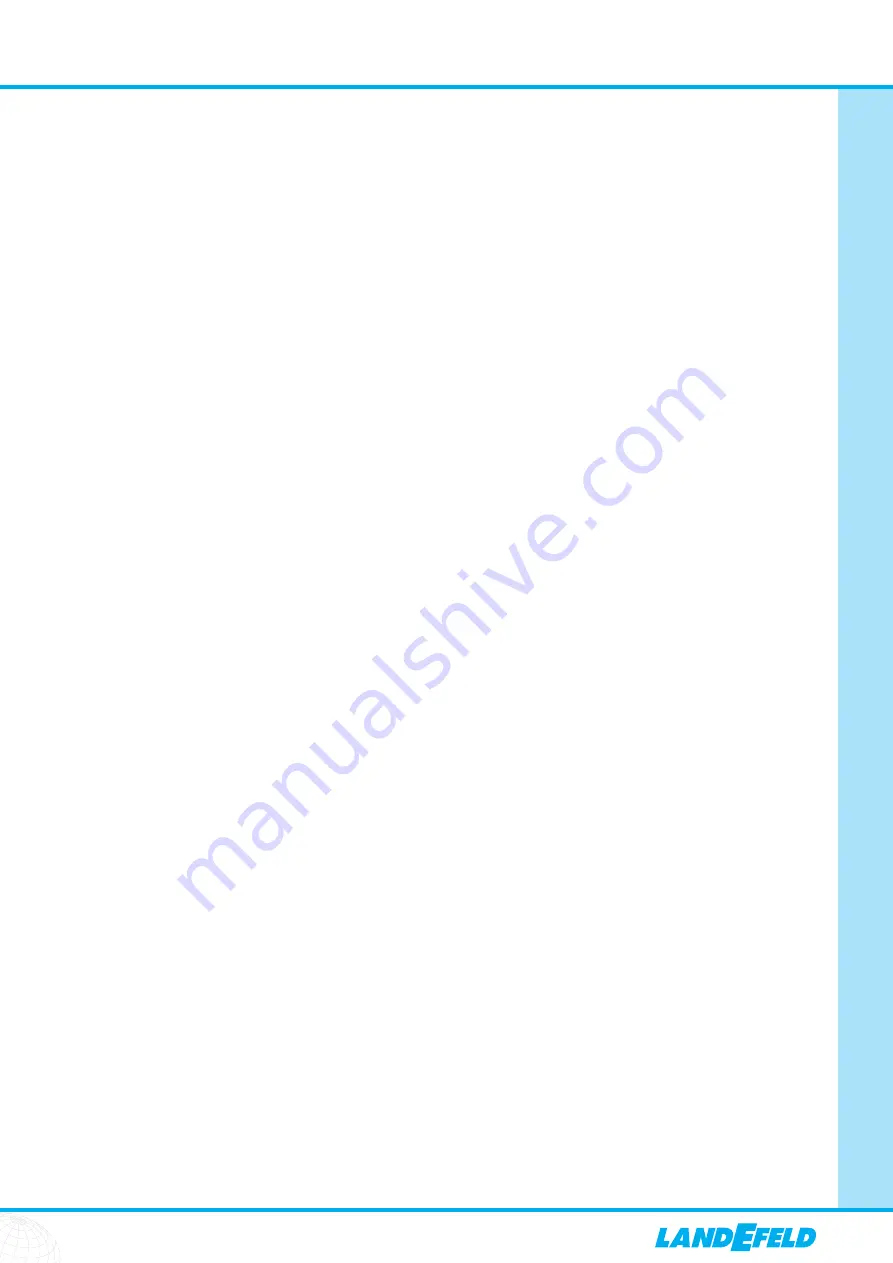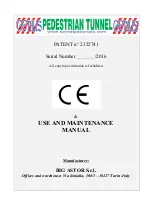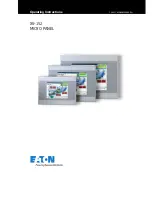
Alle Angaben verstehen sich als unverbindliche Richtwerte! Für nicht schriftlich bestätigte Datenauswahl übernehmen wir keine Haftung. Druckangaben beziehen sich, soweit nicht anders angegeben, auf Flüssigkeiten der Gruppe II bei +20°C.
9
Dokumentation
VORTEX-Rohre
MAIL:
verkauf@landefeld.de ·
TEL:
(05 61) 9 58 85 - 9 ·
FAX:
(05 61) 9 58 85 - 20
It is recommended to use a 5-micron (or smaller) filter to remove water and dirt from the compressed air supply. A 5-micron filter will remove 99% of foreign mate-
rial from the air supply; the use of an oil filter with an effective filtration of 0.01 ppm will remove the oil droplets for an even cleaner compressed air supply.
Failure to use a filter may cause clogging and freezing of the compressed air line and the components within the VORTEX 14 CC.
When the temperature of the compressed air within the VORTEX 14 CC reaches 0°C the water vapour in the air will start to freeze. This could potentially cause a
problem with ice clogging the orifices of the VORTEX 14 CC.
In this instance an air dryer must be used to lower the dew point and keep water vapour out of the air line. A dryer rated at -19°C will produce a dew point low
enough to eliminate the water vapour freezing.
Figuring the correct pipe size for your compressed air system is an important task. Pipe that is sized too small can create big pressure losses and reduce operating
efficiency. Many people who plan the piping never consider the fittings or the future.
FITTINGS:
Every pipe fitting creates a certain amount of increased frictional air loss that is equal to a specified length of pipe. Any turns in the pipe at fittings, ells,
tees, and valves increase pressure drops even more.
FUTURE
: Are you planning to add more equipment in the next year or two? Then plan for larger piping now. Since the material costs in piping are low compared
to installation or replacement cost, it’s wise to select pipe of an adequate size. If there is any doubt that a pipe size may create a pressure drop, use the next lar-
gest size. Remember that an oversize pipe compensates for possible scale build-up and provides for future expansion of the overall air system.
Steps to calculating overall piping size for your compressed air system:
1. Determine your air compressor’s maximum CFM.
2. Draw a piping schematic and show all pipe fittings, valves, etc.
3. Measure and write the corresponding lengths of pipe on your schematic, then total the length of all straight pipes needed and note that on your schematic.
4. Using TABLE 1 (over page), find your compressor’s CFM number on the far left column, and then go to the right until you see the column header with nearest
length in feet to your total pipe length. Find where the CFM & PIPE LENGTH intersect on the chart and it will show the recommended pipe size for that length.
5. Take that pipe size to TABLE 2 and use the table to find all the EQUIVELENT
LENGTHS OF PIPE needed for each PIPE FITTING. Write these lengths on your piping schematic at each fitting.
6. TOTAL all the EQUIVELENT LENGTHS OF PIPE needed for each PIPE FITTING and add to your total of straight length of pipe. This will give you a new and
more accurate total pipe length needed.
7. Take your new total of EQUIVELENT LENGTH OF PIPE IN FEET back to TABLE 1 and use this number to determine the PIPE SIZE you need.
Specific VORTEX 14 CC Pipe Size
To obtain maximum performance from the VORTEX 14 CC, accurate measures of air pressure and air volume must be obtained. Line pressure of 70-90 psi (5-6
Bar) can be present without a sufficient volume (cfm) of air.
To ensure that both pressure and volume are present to efficiently operate the VORTEX 14 CC a line size of
3
/
8
” pipe or ½” hose should be used for applications
10ft from the main header. Use ½” pipe or ¾” hose up to 20ft. For pipe size over 20ft from the header please refer to section 10.4.
10.3 Compressed Air Supply
10.4 Compressed Air Lines Sizes
































